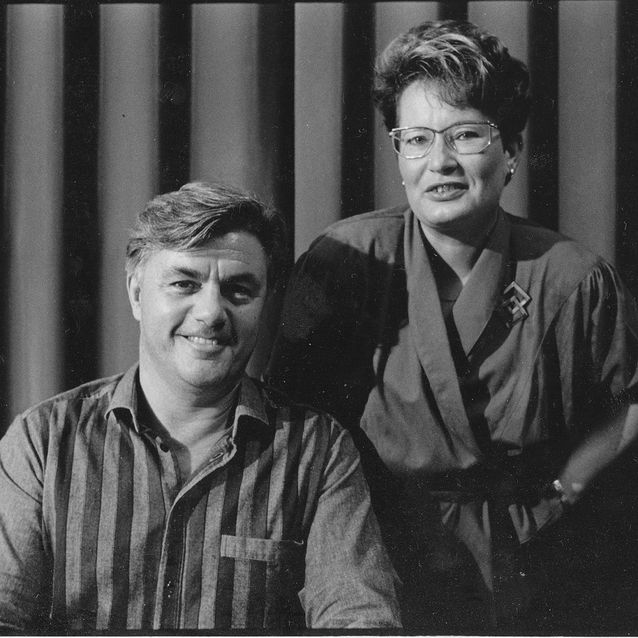Kristiina Rikman
Born November 23, 1947
Bachelor of Arts (Finnish, Finnish Literature, Phonetics), University of Helsinki
Freelance Translator specialising in literature, 1972-
Teacher of Finnish Translation, University of Helsinki, 1981-1989
Finnish translator of children’s and young adults’ fiction, detective novels, travel guides, non-fiction, and contemporary novels from the Swedish and English for various publishers.
Positions of trust
Board member, Finnish Association of Translators and Interpreters (SKTL), 1992-1993
Chair, literary branch of SKTL, 1993-1995
Chair, SKTL, 1996-8 and 1998-1999
Board member, Forum Artis Registered Company, 1994-1995, 1996-1997; Deputy Chair, 1997-1998.
Ministry of Education, Taisto II Commission, 1999
Deputy Chair, Arts Promotion Centre, 2001-3, 2004-2006
Member of Panel of Judges, Finlandia Prize, 2011
Awards and Honours
Pro Finlandia Medal, 2014
Erkki Reenpää Prize for Translation, 2012
SKTL, Gold Award, 2000
SKTL, Silver Award, 1990
Artist’s Pension, 2008
WSOY Publishers, Translation Award, 2004
Bursary from City of Helsinki
Bursary from Finnish Cultural Foundation, 1982, 1988, 1998, 2000, 2006 and 2008
State five year Artist Bursary, 2001-5
State three-year Artist Bursary, 1984-1986 and 1995-1997
State one-year Artist Bursary, 1981 and 1992
State Award, 1981 and 2008
Photo: Riitta Virtasalmi
Written by Kristiina Rikman (Tero Juutilainen ed.)
Translated by John Calton

